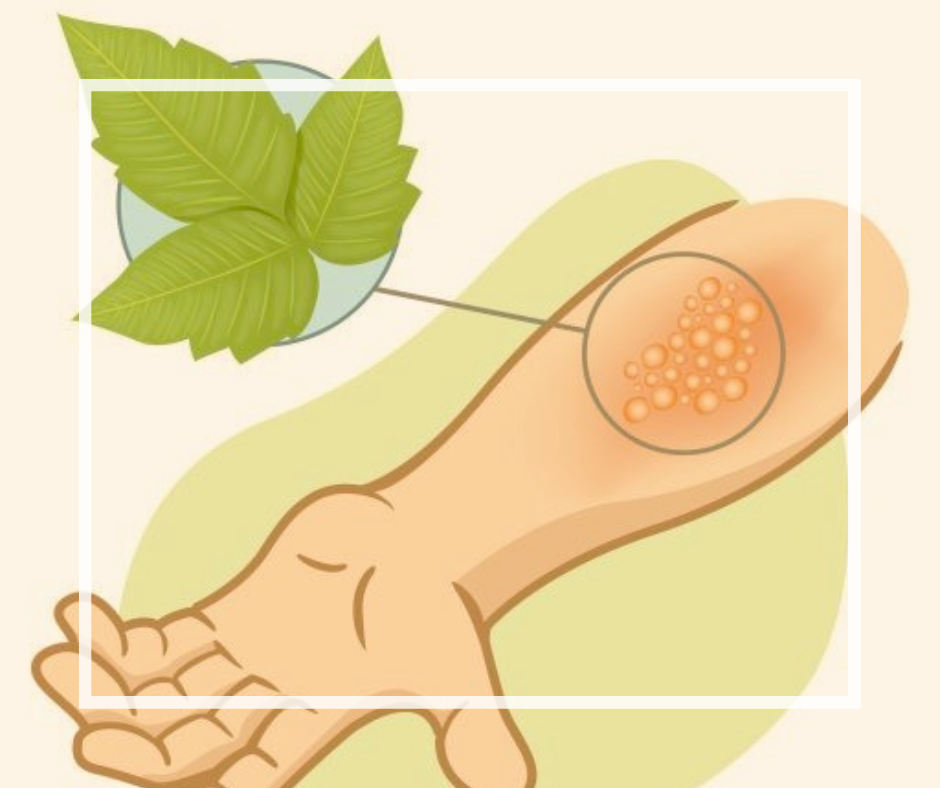When it starts to get warm outside … after several months of hunkering down inside, it’s natural to seek the sunshine. I LOVE the feeling of sun on my skin.
Morning sun is the BEST way to get your daily dose of Vitamin D. When assimilated through the skin, your body knows exactly what to do with it. It makes just about every system in your body work better.
Since I recommend soaking up some rays without chemical protection, it is important to be careful. 10-minutes in the sun is extremely healthy. Several hours is just the opposite.
Dr. Gala’s Quick Take
Skin rashes can be caused by allergies, infections, and environmental triggers like too much sun exposure. Natural home remedies like cool compresses, aloe vera, and oatmeal baths can soothe the rashes. However, it’s good to ask a doctor if rashes keep coming back or get worse.
Have you ever experienced red, painful, itchy, swollen, and irritated skin? This is what can happen when you’ve gotten too much sun exposure.
This can drive anyone crazy! You want to scratch it but you know that if you do, you will make it worse!
Sunburn or skin rashes are problems that most people have to deal with at some point in their lives. It is not uncommon to experience skin rashes on your face, arms, legs, or even the back of your neck.

Some people think that skin rashes … or even a sunburn … is a sign of poor self-care, but it’s not always the case. In fact, a sunburn could be an abnormal reaction and other skin rashes may be caused by allergies, infections, or other factors that may not be hygiene-related.
Personally, I have to be careful in the sun. If I get too much sun, I will have to deal with a sunburn and possibly a skin rash with blistering that is sometimes referred to as “sun poisoning.”
I have tried many natural remedies to heal skin rashes. From using different types of creams and ointments to taking baths, and even going to the dermatologist. These are the home remedies I can rely on and am never without.
Here are 3 of My Go-To Remedies for Skin Rashes
1. Tea Tree Oil
Tea tree oil has been used for centuries to treat various skin ailments. It works well because it contains antiseptic properties which kill bacteria and fungi while leaving the healthy cells alone.
It may be applied directly to the affected areas or diluted in water and then rubbed into the skin. Tea tree oil should not be taken internally unless prescribed by a doctor.
Because of its anti-inflammatory properties, tea tree oil may also be useful for treating eczema, psoriasis, dermatitis, and other inflammatory skin disorders.
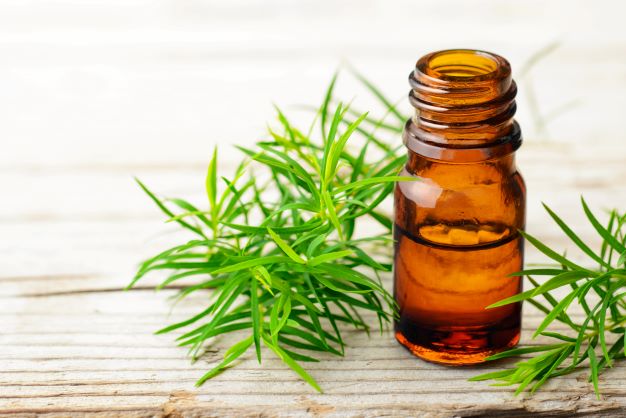
2. Lavender
Lavender has been used since ancient times for its soothing properties. It was even mentioned in the Bible! Lavender oil is often applied topically to treat minor burns, insect bites, sunburns, and other skin irritations.
It may be helpful to apply a small amount directly to the affected area.
It’s thought that lavender may work because of its calming effects and ability to relieve stress.
3. Food-Grade Hydrogen Peroxide
Food-grade hydrogen peroxide is an effective treatment for minor cuts, scrapes, burns, and other wounds. It is safe to use around children and pets but should be avoided when pregnant or nursing.
Hydrogen Peroxide has been used since ancient times to treat wounds. In fact, Hippocrates first described its healing properties more than 2,000 years ago. The compound works by breaking down dead tissue and stimulating new cell growth.
It is available at most pharmacies without a prescription. However, if you do not know how to prepare it properly, you may end up hurting yourself instead of helping yourself.
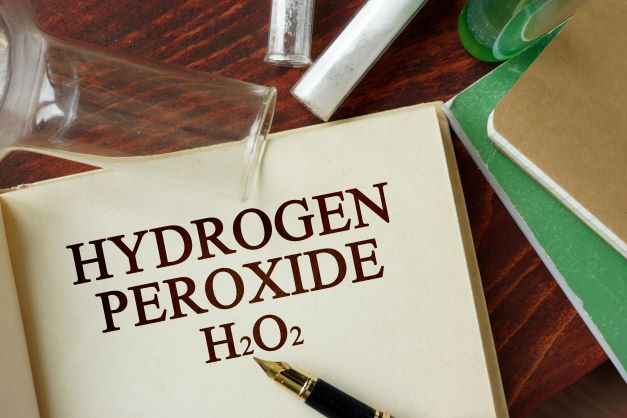
Here’s how to safely apply hydrogen peroxide to a wound:
• Apply directly to the affected area.
• Mix one part 3% Hydrogen Peroxide (food grade) to four parts water. If you find that your skin can tolerate it, you can use less water.
• Leave undisturbed until dry.
• Rinse thoroughly.
These are my recommendations. I added a few other home remedies that you can use for skin rashes.
Other Home Remedies for Skin Rashes
Aloe Vera
Aloe vera has been used since ancient times for its healing properties. This herb is rich in vitamins, minerals, enzymes, amino acids, and antioxidants.
It helps heal wounds, relieve pain, prevent infection, and promote cell growth.
Apply aloe vera gel directly to the affected area. Do not apply too much. If you notice any burning sensation, stop applying the gel immediately.
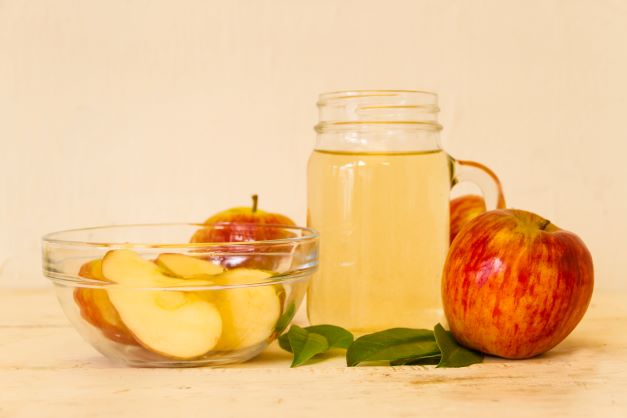
Apple Cider Vinegar
Apple cider vinegar is an excellent home remedy for skin rashes. Mix 1 part apple cider vinegar with 2 parts water. Apply it twice daily until the rash disappears. Do not use commercial brands of apple cider vinegar. Make sure that the label says “organic” or “raw”.
Baking Soda
Baking soda is another effective treatment for skin rashes. To prepare baking soda paste, mix one teaspoon of baking soda with two tablespoons of water. Rub the mixture onto the affected areas. Leave it on overnight and rinse off in the morning. Repeat once every day until the rash goes away.
Castor Oil
Castor oil is another natural remedy for skin rashes. Mix one tablespoon castor oil with an equal amount of coconut oil. Mix thoroughly and rub it over the affected areas. Let it dry completely before washing it off. Repeat twice daily until the rash subsides.
Epsom Salt
Epsom salt is a popular bath soak ingredient. Add one to three cups of Epsom salt to warm water. Soak for 15 minutes. Then, wash off with lukewarm water. Repeat daily until the rash clears.

Honey
Honey is a natural antibacterial agent that kills bacteria, viruses, fungi, and yeast. It is also soothing and moisturizing. To prepare a honey mask, mix one tablespoon of raw honey with one tablespoon of milk.
Spread the mixture evenly over the affected areas. Cover with plastic wrap and let it sit for 10 minutes. Then, gently remove the plastic wrap and pat dry. Repeat twice daily until the rash heals.
Lemon Juice
Lemon juice contains citric acid, vitamin C, and flavonoids. These ingredients help fight bacterial infections, clear acne, and improve circulation. Mix one tablespoon lemon juice with one tablespoon olive oil. Spread the mixture evenly over the infected areas. Cover with plastic wrap and leave it on overnight. Rinse off in the morning. Repeat twice daily for about 3 weeks.
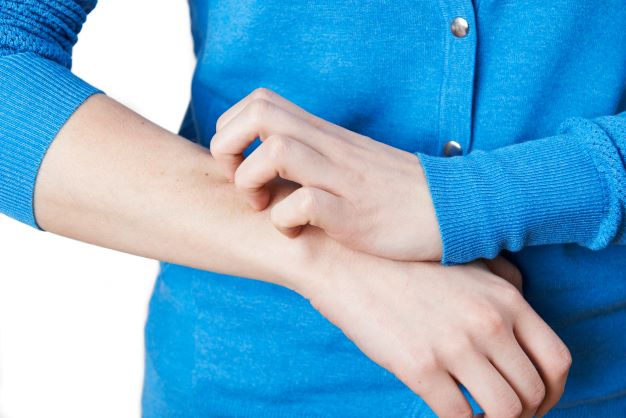
What Causes Skin Rashes
Skin rashes are red, pink, purple, or brown spots on the skin caused by an allergic reaction. They often appear after exposure to certain allergens such as pollen, dust, mold, pet dander, insect bites, poison ivy, and latex products. Other common triggers include stress, heat, cold, and ultraviolet radiation.
While most cases of skin rashes go away without treatment, others may become infected or lead to permanent scarring. Skin rashes can be treated with topical medications, oral antihistamines, cortisone creams, and antibiotics.
Here are some things you can do to prevent skin rashes:
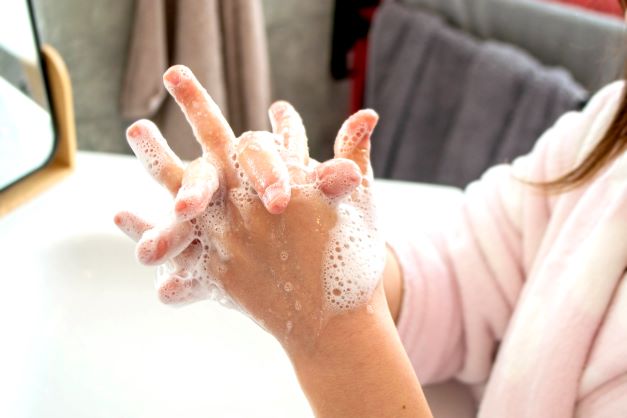
• Avoid contact with irritants such as chemicals, detergents, perfumes, cosmetics, and household cleaners.
• Wear protective clothing such as gloves and masks when working outdoors.
• Use air conditioning and fans indoors to avoid overheating.
• Wash hands frequently to avoid spreading germs.
• Cleanse your face regularly using soap and water.
• Stay hydrated by drinking plenty of fluids.
• Get regular medical care if you develop any symptoms of infection.
• If you suspect that you have been exposed to a toxin, seek immediate medical attention.
• Seek professional advice if you notice signs of eczema, psoriasis, dermatitis, or acne.
• Avoid scratching the rash. Scratching causes further damage to your skin.
• Don’t pick at the rash. Picking at the rash can lead to scarring.
• If you have sensitive skin, apply moisturizer after washing your face. Moisturizing your skin prevents dryness and irritation. Try using a gentle cleanser and moisturizer instead of soap.
• Drink plenty of water. Water flushes toxins from your system and keeps your skin hydrated.
• Take a bath or shower regularly. Showering removes dirt and grime from your skin.
• Wear loose clothing. Loose clothes allow moisture to evaporate quickly.
• Exfoliate your skin when the rash has cleared up. Exfoliating scrubs remove dead cells and unclog pores.
Getting to the Bottom of Your Skin Rashes
Non-chronic skin rashes can easily be treated if you have the right information and treatment on hand. The best way to treat them is to identify what’s causing them. Once you know what’s causing the rash, you’ll be able to take steps to prevent future outbreaks.
If your skin rashes become chronic and flares up regularly, you may need more than these simple home remedies. Sometimes skin rashes are symptoms of chronic conditions such as allergies, autoimmune diseases, or even cancer. In this case, it’s important to see your doctor to diagnose the problem and prescribe the appropriate treatment.
I am an advocate for digging deep into what causes a condition rather than just putting a Band-Aid on the symptoms. If you need help identifying the toxin that is causing the problem, the MOLT Method™ Program is a great place to start.
“If you came into my office, I’d ask you a lot of questions that would help us connect the dots … so that together we can deal with your toxic stress.
Every situation is unique and you need a plan that works for you. Not a one-size-fits-all solution.
If you’re thinking you can’t come into my office, don’t worry. I’ve created a program with all of my initial recommendations to help you unravel the mystery. You can use it at home and at your convenience.
So if you’re thinking that managing chronic stress just isn’t possible … or even the answer … for you, I want to show you what you may be missing.
And how you can identify the toxic stressors that are creating your symptoms with my Human Energy System Reboot. You can get started HERE.” – Dr. Gala

